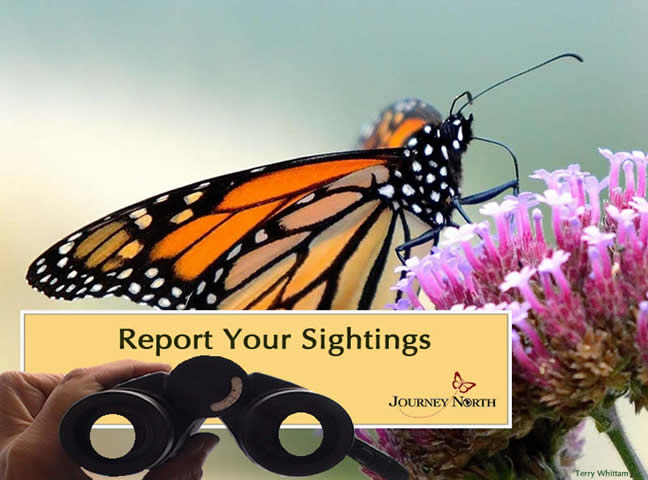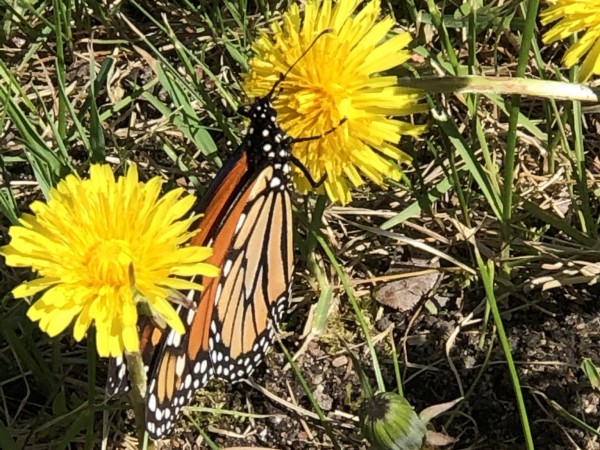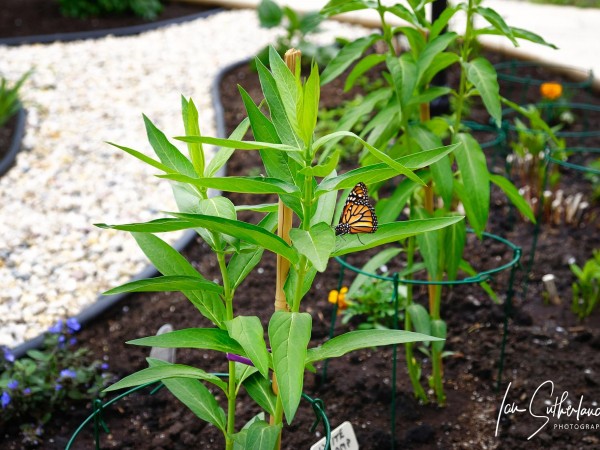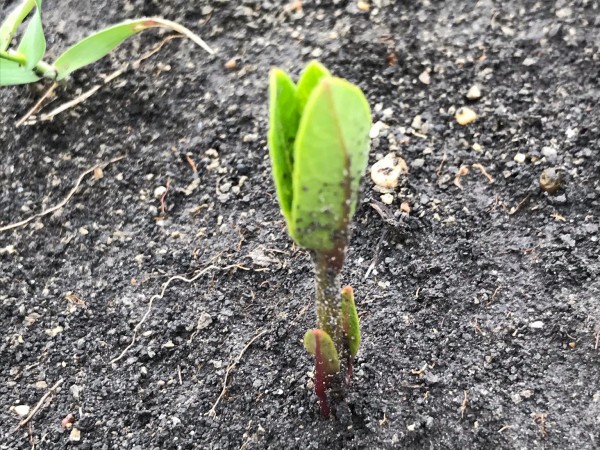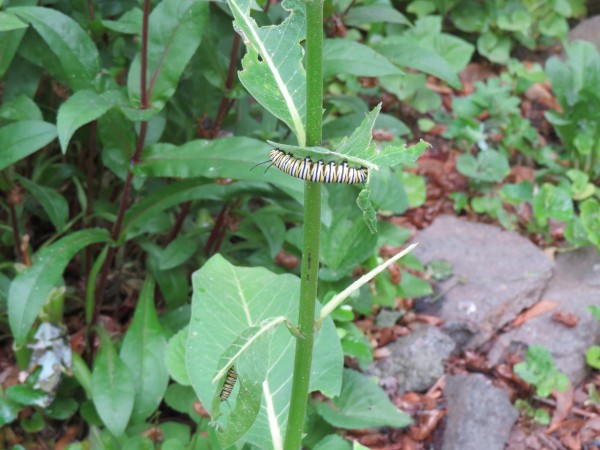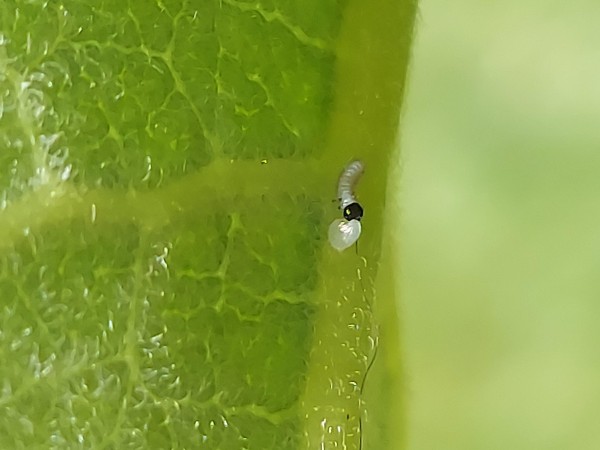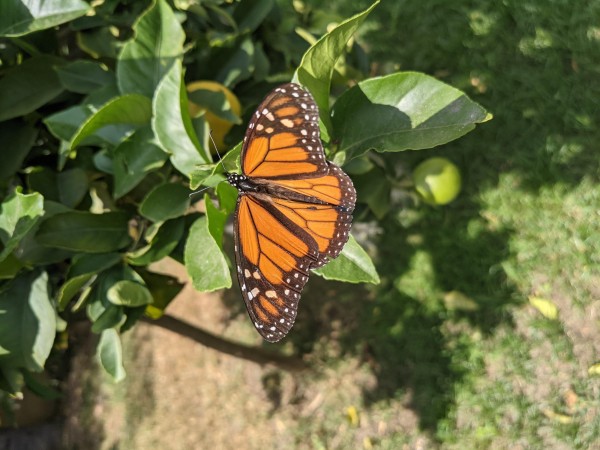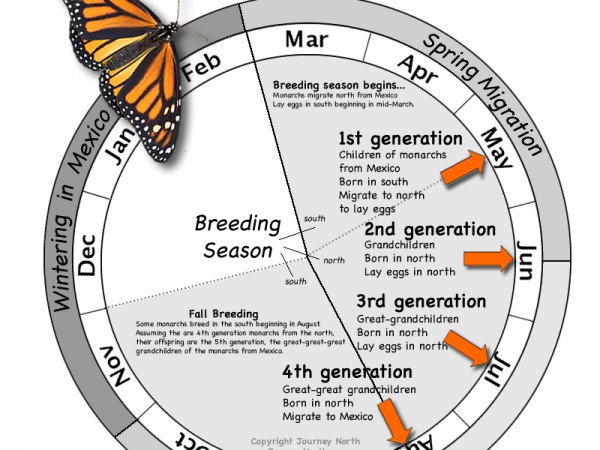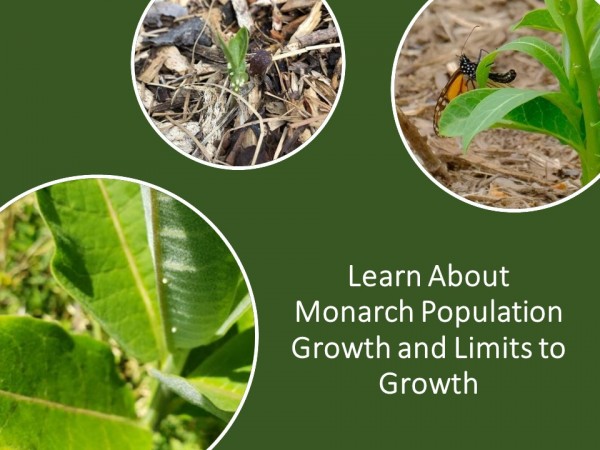Still Journeying North
Reports of monarchs are picking up in Canada. The Upper Midwest remains a hotspot of activity, but migration is slower farther east. And more reports of western monarchs are needed.
Eastern Monarch Population
Migrating Monarchs
Last week, the leading edge of migration was scattered between latitude 40-45°N throughout the Upper Midwest, southern Ontario, and New England. This week, monarchs have made good progress and are being spotted as far north as latitude 50°N in Winnipeg, Manitoba. Numerous reports are still coming in from the Upper Midwest and Ontario, but migration is a little slower farther east. Thus far, there are no reports of “first" observations submitted for Vermont, Maine and the Canadian provinces of Quebec, New Brunswick, Nova Scotia and Prince Edward Island.
Sylvia in Kenora, ON: "May 24th is the earliest we’ve seen returning monarchs. Female ruby throat hummingbirds also returned on the same date this year." (05/24/2021)
Ian in Winnipeg, MB: "Adult female [Monarch Butterfly] visited my white Incarnata seedlings. I didn't see her lay any eggs - hopefully she will be back!!" (05/25/2021)
Kevin in Park Rapids, MN: "First adult [Monarch Butterfly] of year for me. Appeared to be in great shape. Brightly colored." (05/25/2021)
Milkweed, Eggs, and Larvae
The monarch’s northern limit is defined by milkweed’s northern limit. This linked map shows the northern extent of milkweed. Journey North volunteers are observing milkweed growing in the northern reaches of its range.
Marcie in Steinbach, MB: "Common milkweed just starting to sprout." (05/23/2021)
Where there are adult monarchs and milkweed, eggs and larvae follow.
Christine in Minnetonka, MN: "2 monarchs seen around the yard over the past several days. Eggs look very fresh." (05/25/2021)
Karen in Sioux Narrows-Nestor Falls, ON: "Saw the first monarchs on our home property this morning at 11:30. Checked the Common and Swamp milkweed plants near our house at 5:30 and found 19 eggs; mainly on the tiny leaves of new Swamp plants." (05/25/2021)
Carol in Herndon, VA: "I found these two caterpillars this morning, but we have not seen a single adult monarch in our garden. She must have come three weeks ago while we were out of town for several days. What a nice surprise!" (05/24/2021)
Mary in Jefferson, WI: "First hatched monarch egg of the season." (05/25/2021)
Western Monarch Population
Letter from Gail Morris: Western Monarch Spring Report #13
Out west, reports of monarchs remain few and far between. This is a stark contrast to monarch migration out east. Gail Morris writes, "This week’s Journey North First Sightings Map is rather striking. The eastern range of monarchs have raced all the way to Canada in good numbers but the western range is notably limited in movement. In fact, it was difficult to even find new “first sightings” this week although Utah certainly stands out prominently as a sign of hope for the Western population. In the coming weeks monarchs will lose their urge to migrate and set up camp in their summer breeding range to expand their numbers. Let’s hope we see movement into Oregon, Washington and Idaho this year over the days to come.
Read more of Gail Morris’ Letter: Western Monarch Spring Report #13»
Call to Action – Reports of Western Monarchs Needed!
If you live in Arizona, California, Colorado, Idaho, Montana, Nevada, New Mexico, Oregon, Utah, Washington, or Wyoming, please report your observations of monarchs to Journey North.
As Gail Morris mentioned in her letter last week, observations of western monarchs this time of year are often sparse as they fly to their summer breeding grounds through large uninhabited areas. But the low number of reports is still concerning, especially given the continued decline in the western monarch population. Reporting your observations of monarch activity — including adult monarchs, eggs, larvae, and milkweed — is more important than ever.
Are western monarchs finding suitable habitat and resources? Are they being observed in their historical range? Are they arriving earlier or later than in the past? Your reports provide critical data. With greater knowledge we can strengthen advocacy and protection measures for western monarchs.


